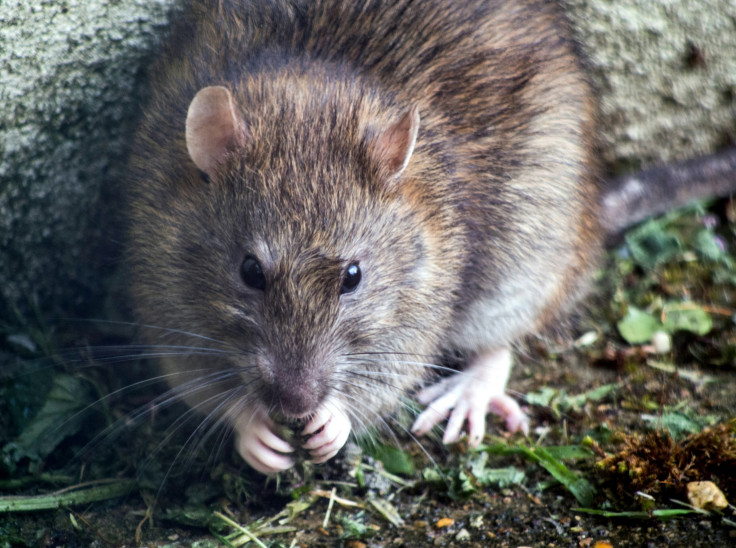Giant Rats UK Crisis: How to Get Rid of Dog-Sized Rodents Without Getting Bitten
If a rat bites you, here's what you need to do.

With the recent infestation of a giant rat roughly the size of a small dog in Normanby, North Yorkshire, there are things you can do to reclaim your home – from putting away dog food to building a slinky slide. The 22-inch rodent, thought to be among the largest seen in the UK, shocked residents and underlines a wider rat problem in parts of the country.
How the animal got inside is unclear, but frequent sightings in nearby alleyways point to a broader local infestation. Officials say this is unlikely to be a one-off and are urging swift action.
The Growing Problem of Giant Rats in the UK
Reports from Redcar and Cleveland indicate rat encounters are becoming more frequent, with the pests settling into neighbourhoods. Eston ward councillor David Taylor said the rodents are becoming 'more brazen', and called for a borough-wide control strategy covering council sites, businesses, landlords and social housing.
The council provides pest control on land it owns, but private households must seek advice or hire professionals. Public health is a concern, with risks linked to Weil's disease and hantavirus.
How to Remove Large Rats Safely
The British Pest Control Association (BPCA) notes that rats breed quickly and adapt to changes, which makes eradication complex. It recommends using BPCA-accredited professionals for safe, effective treatment.
If you try a DIY route, use only amateur-use traps and rodenticides from reputable retailers. BPCA guidance says rats may avoid unfamiliar items at first, so traps can take time to work. Follow the label exactly and keep products out of reach of children, pets and wildlife. Professionals also caution that poison may lead to animals dying in inaccessible places, causing odours and potential secondary poisoning risks.
Prevention and Non-Lethal Options
Pest experts, including those quoted by The Guardian's practical guide, stress early intervention. Practical steps include sealing holes as small as 6mm, securing bins, removing outdoor pet food and eliminating standing water.
Good housekeeping helps reduce crumbs, clutter and nesting spots. In flats and terraced homes, prevention is especially important because rats can travel between properties. Non-lethal cage traps are an option for experienced users, though professional help is advised. Natural deterrents such as peppermint oil, mint and lavender may assist, but they will not compensate for available food or water.
What to Do if You Are Bitten by a Rat
Rat bites can lead to infection. Wash thoroughly with soap and water, apply antiseptic, cover the wound and seek prompt medical advice for tetanus or antibiotics if needed. Because of diseases associated with rats, including Weil's disease and hantavirus, a clinical assessment is essential.
Staying Ahead of the Problem
The Yorkshire case is a reminder that vigilance matters. Combine prevention, quick responses and professional support to reduce risks. Acting at the first signs of activity can protect your health and your home from persistent and potentially aggressive pests.
© Copyright IBTimes 2025. All rights reserved.




















